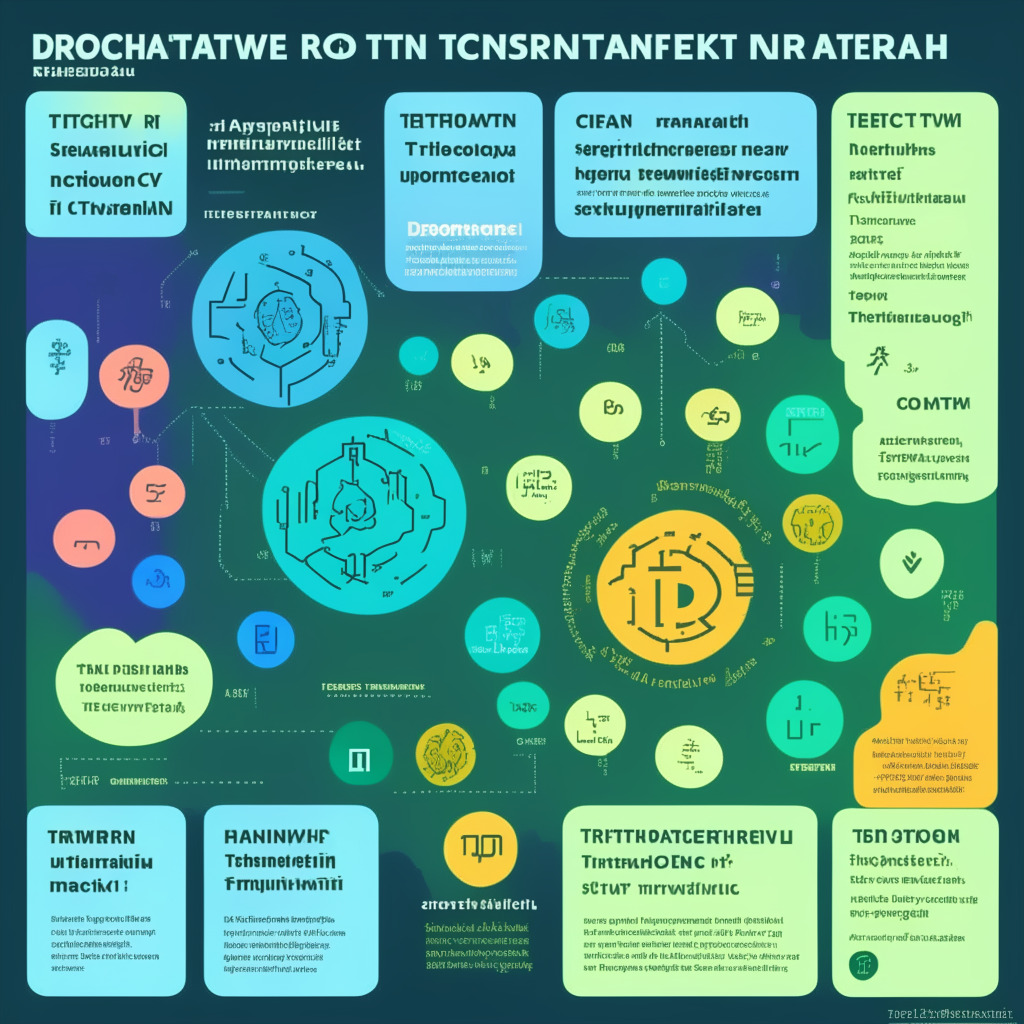The rising 10-year yield on US Treasury bills has been a hot topic lately as it increased by four basis points to 3.506% on Monday, surpassing many yields that can be earned via decentralized finance (DeFi) protocols. Federal Reserve Chair Jerome Powell’s suggestion that interest rate hikes could soon come to an end contributed to this increase, which serves as a metric of investor confidence in the US market.
While DeFi investors typically earn yield through yield farming, by providing liquidity to token pairs or trading pools, the current annual percentage yields (APY) on stablecoins such as USDC, USDT, and DAI through Aave, Curve, and Compound are falling short in comparison to the 10-year Treasury yield. Aave’s APY on these stablecoins sits at 2.57%, 2.43%, and 2.71% respectively, while Compound’s APY is at 1.93%, 2.50%, and 1.66%. Curve’s 3pool’s base APY is even lower, at 0.07% with 0.52% – 1.32% in token APY rewards.
However, the DeFi landscape varies, and some liquid staking derivatives and service providers on Ethereum, such as Lido, Rocket Pool, and Frax Finance, are still offering alluring yields compared to the US-backed bonds. Staking, the process of locking up tokens to participate in the network security of a proof-of-stake blockchain, has become a popular investment model as it allows token holders to use their tokens for possible rewards. Lido, a prominent staking protocol, offers a 6.0% annual percentage rate (APR) for customers who lock their ETH onto its platform. Rocket Pool provides around 5.17% APR in ETH for staking and around 6.98% APR in ETH and rocket pool rewards for those running a node and stake on its platform. Frax Finance’s VST/FRAX pool stands out, offering a base of 6% APR to stakers with the potential to reach over 20%.
While Ethereum is currently a hub for attractive staking solutions, other networks, like Cosmos and Solana, also offer abundant liquid staking options. However, it’s essential to remember that risks are associated with staking; the crypto yield-bearing process can be highly volatile, and the underlying token prices may vary based on market conditions. Additionally, errors with validator nodes are also possible, and some tokens may require lock-up periods.
As the 10-year Treasury yield continues to grow higher than many DeFi yield-bearing opportunities, it remains to be seen whether DeFi protocols can maintain their competitive edge in offering investors lucrative alternatives. In the ever-evolving world of cryptocurrency, it’s crucial to stay informed about fluctuations in yields and risks, allowing investors to make well-informed decisions.
Source: Blockworks




